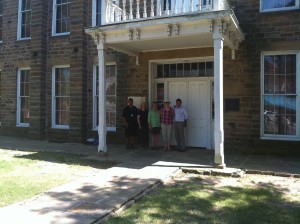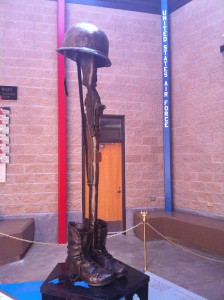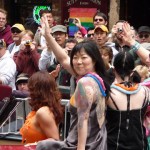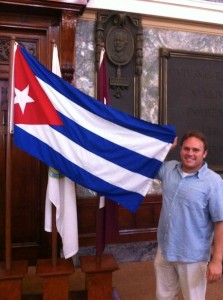The following guest post is the final post in a series written by Rachel Jackson who is Global Exchange’s ‘Radical Oklahoma’ Reality Tours Trip Leader, which just ended. Read parts I, II, III, IV, and V of the story.
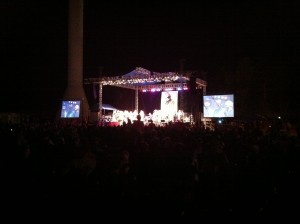
Stage at Annual Woody Guthrie Festival.
This evening I am writing the last installment for the Radical Oklahoma – Red State Reality Tour from the Pastures of Plenty, just about stage center. Right now at the 16th annual Woody Guthrie Festival, we’re listening to Griffin House from Springfield, Ohio, singing a song about who & where he comes from. This is something Woody taught all of us to be proud of. Sitting here tonight, after two days full of Okemah, in the long glow of a wide sunset, it’s easy to be proud of Oklahoma.
The last two days have been a whirlwind of song. Hot as it is during the day, folks walking up and down West Broadway here in Okemah are pretty much bound to smile as they pass you on the sidewalk. All the volunteers that make the festival happen, from urban hipsters to local old timers, love to stop and talk about the man who has inspired it all. Musicians gather on the streets and play their hearts out. This festival makes everyone feel good, like they belong, just like Woody would have wanted.
During the festival, the small town of Okemah swells with musicians, folk aficionados, unionists, and Okies from all over the country, both actual and honorary, who come to celebrate the life and legacy of Woodrow Wilson Guthrie.
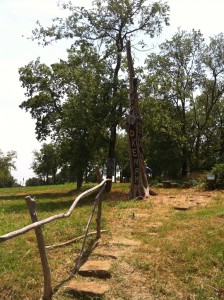
Site of Woody Guthrie’s childhood home on W. Birch St., Okemah, Oklahoma. Tree sculpture by Justin Osborn.
Another stop on the Okemah pilgrimage is the site of Woody’s childhood home, on a hill at the intersection of South 1st Street and West Birch. The house is no longer there, but some of the stones from its first story still stand. There is an effort to get the home rebuilt, but as it is, this spot, shaded by trees that were in the yard when Woody was a boy, seems to be a perfect and simple tribute.
Local folk artist Justin Osburn lives across the street. He is the artist who carved the only landmark on the home place’s site, a cedar tree trunk inscribed with Woody’s initials, “Okemah,” and “This Land is Your Land” along with a musical staff.
His yard, across the street from the Guthrie home place, is filled with woodcarvings for sale. Justin is full of local knowledge, everything from who-owns-what to god-knows-where. He can point at any tree and tell you what kind it is, where it comes from, and how it got here.
That’s the kind of knowledge that comes from paying close attention to place, to the lives, histories, landscapes, and cultures that make a particular space happen. Oklahoma is its own set of stories, multiple narratives about and from the same swath of land. Spending these last few days in the Indian Territory Triangle has taught us to look closer, past what we are told to see, to let go of what we think we know, and marvel at what we don’t. If you think Oklahoma is homogenous, fly-over country, with little cultural or political relevance, you’d best think again.
Tonight, sitting stage center and listening to the music inspired by Woody Guthrie, I feel that it just might be the most important spot on earth– at least for me.
Rachel Jackson is a PhD Candidate and Dissertation Fellow at the University of Oklahoma in the Composition, Rhetoric, and Literacy Program, Department of English. She researches and theorizes the impact of suppressed local histories of resistance on Oklahoma’s current political identity. She is from Oklahoma.
 TAKE ACTION!
TAKE ACTION!
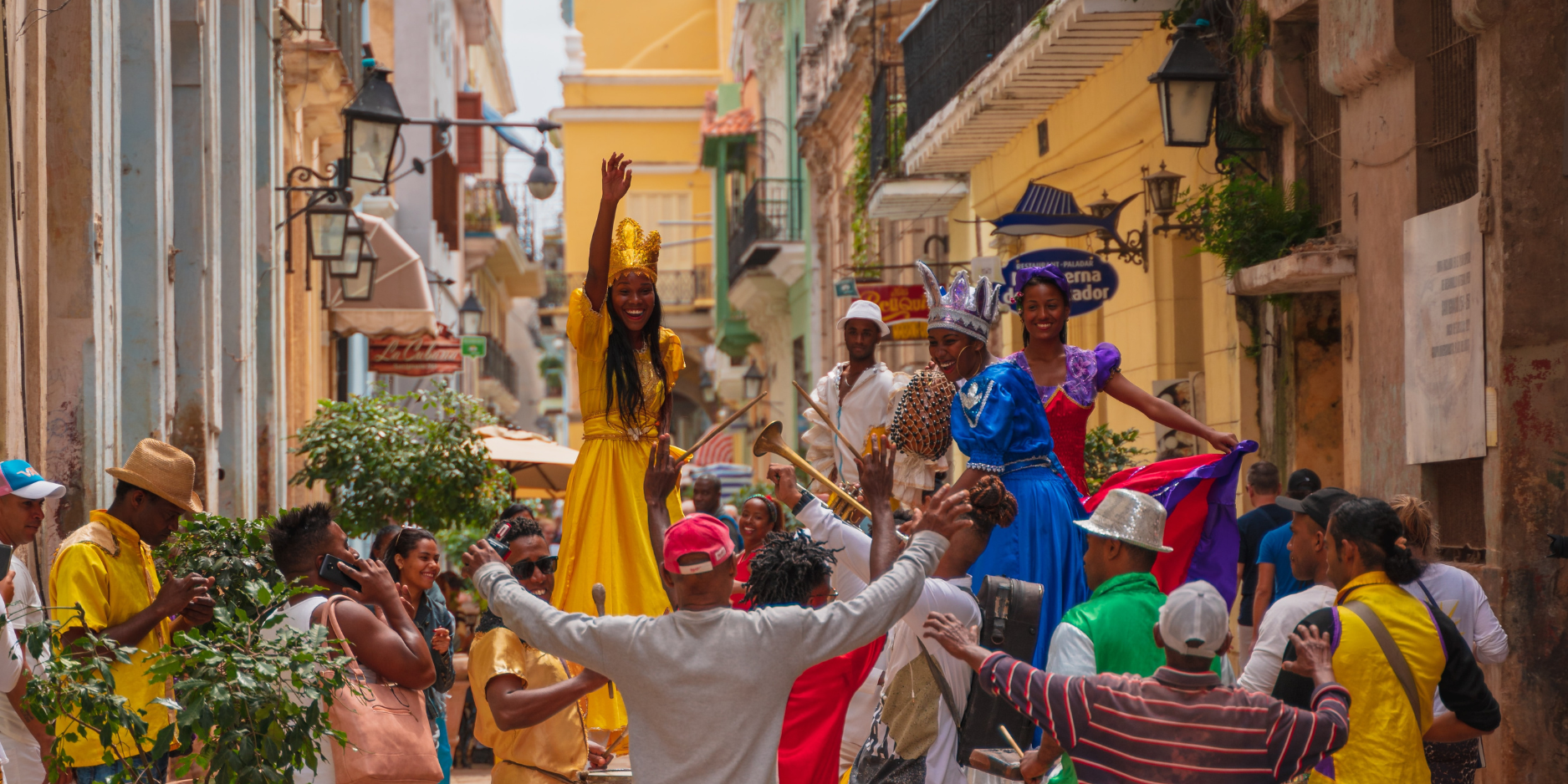
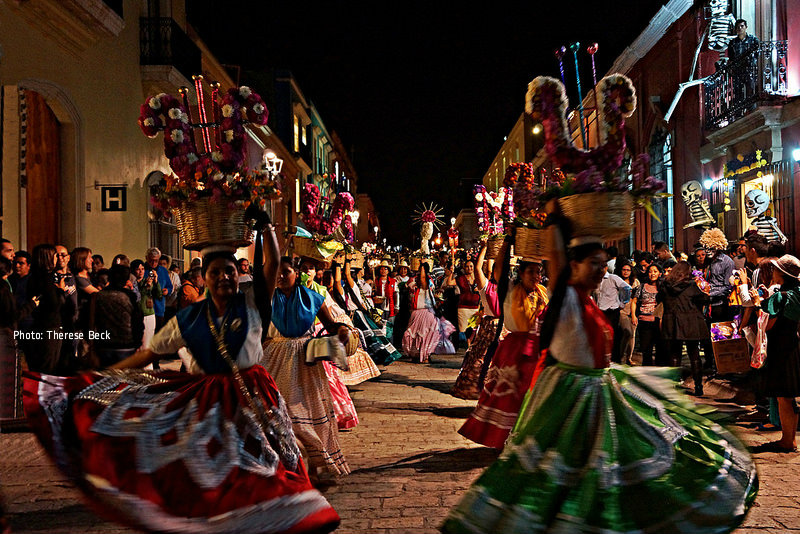
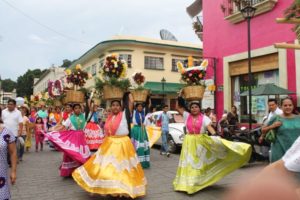
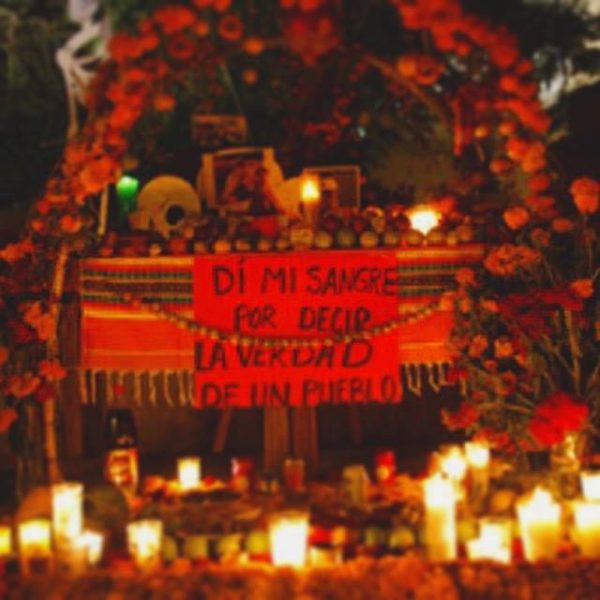
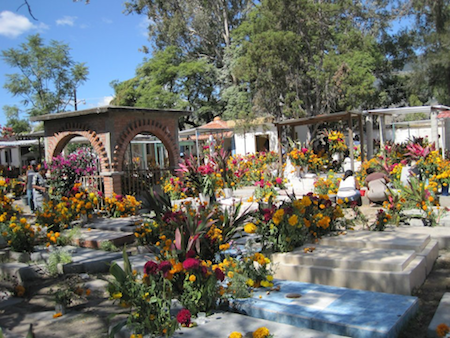
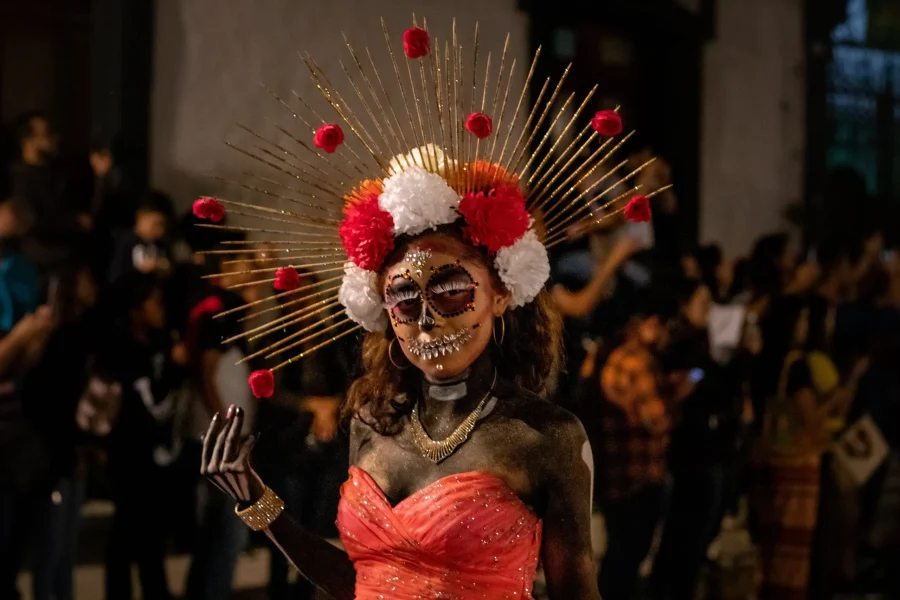

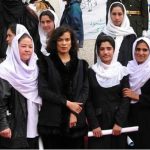

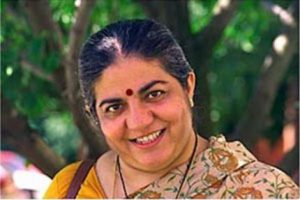

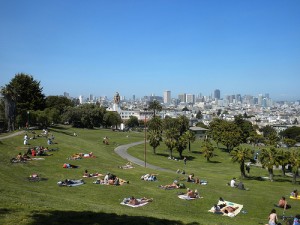
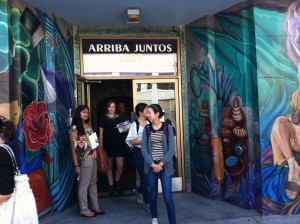
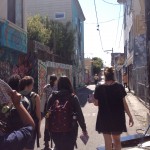




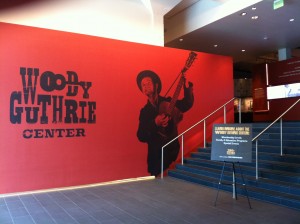

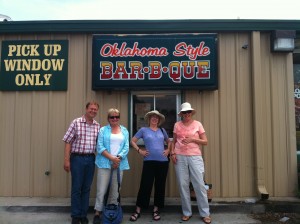
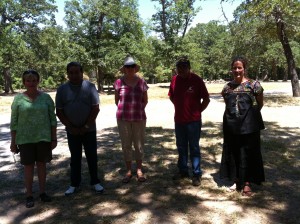
 TAKE ACTION!
TAKE ACTION!